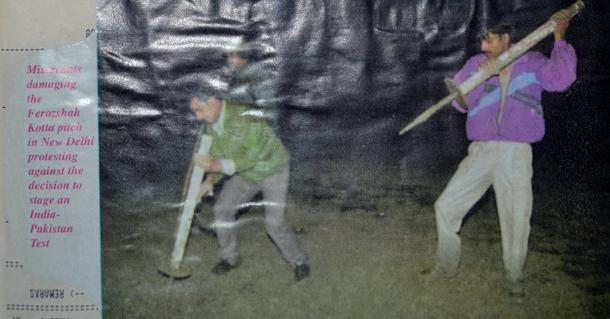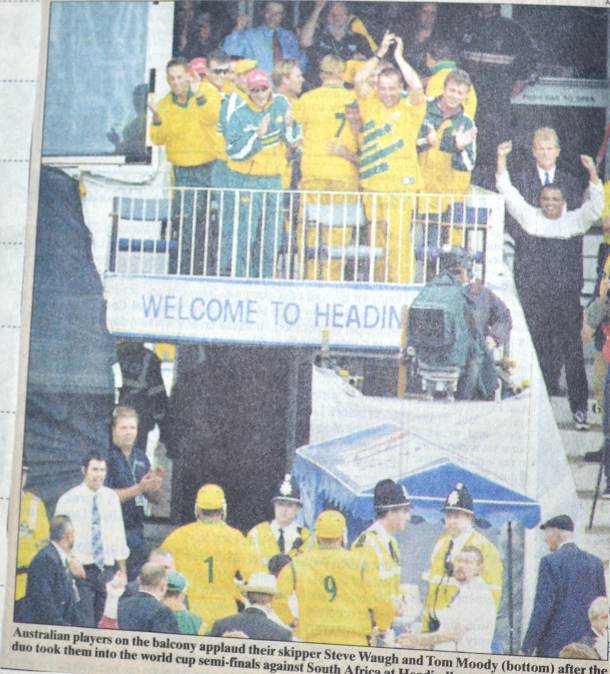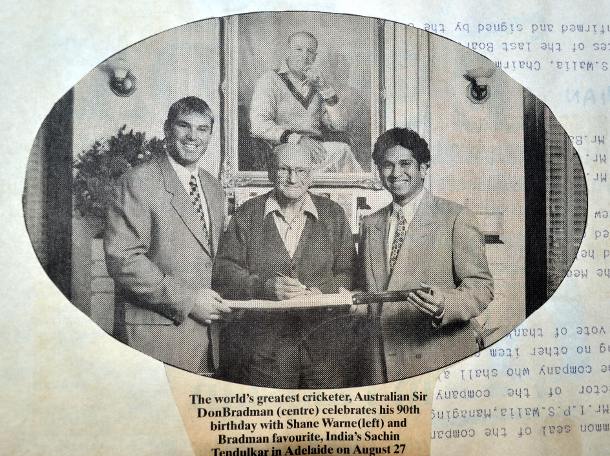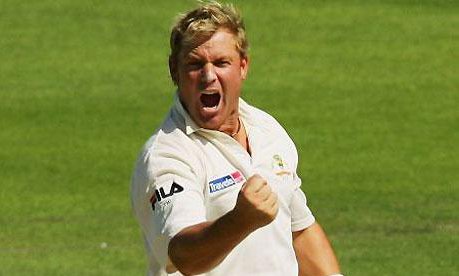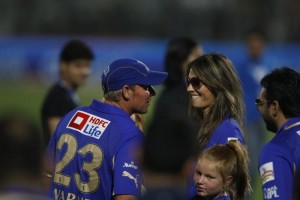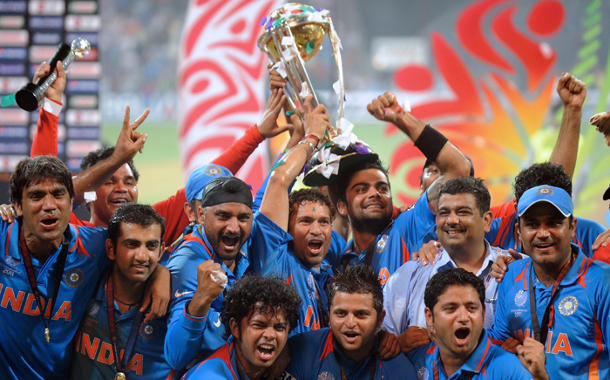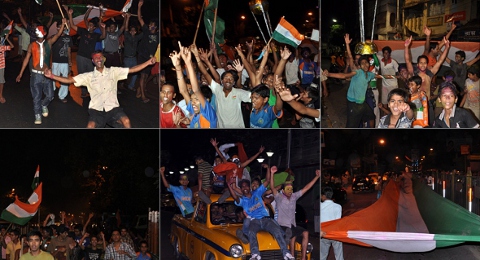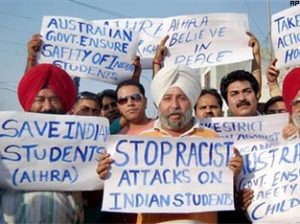
News in media leading to protests
It has been almost a year now since the Indian media has been blasting Australians for racial attacks on Indians down under. After all, it makes for good news which people watch. And who cares for the facts!! It it sells, then show it on prime-time TV or make it front page news… and people will watch too. But do we try to wait and understand what actually is Racism, and is it racism what is happening in Australia?
Racism is defined as “any discrimination or prejudice based on race“. Going by this definition of racism, is it not racism when political parties like MNS and Shiv Sena protests, most of the times violently, against North Indians? Is it not racism when we have reservations for certain “backward” classes for the last 60 years? Is it not racism when we have many temples in our country where non-Hindus are not allowed? In the Sabarimala Shrine in Kerala, women between the age 6-60 are not allowed inside. There are even some shrines where men are not allowed.
Dalits, who represent 16 percent of India’s 1.1 billion population are often beaten or killed for using a well or worshipping at a temple reserved for upper castes. Recently, a temple in Orissa performed purification (washing of temple floors and throwing away holy offerings) because a minister from a lower caste visited the temple. Former Prime Minister Indira Gandhi was also not allowed entry in the famous Jagannath Temple of Puri because she had married a Parsi and become an outcast.
Now, the question to ask is “Is this not racism?“. We are discriminating people of our own country based on caste, subcaste, sex or the state they belong to. India is a secular country and the caste system is long gone, but there are frequent reports of villagers torching two lovers because they eloped / married out of their caste. The North East population have always complained of being treated like non-Indians in their own country. Why is Indian media silent on this? Why is there so much noise and hoopla about what is happening in Australia?
The problem with Indian media is it is driven by politics and money. Blaming Australia is easy because they can’t hit back. And everybody can blame Australia easily it provides for good dinner talk. In short, it sells!! Media has enormous power to shape perceptions and stories on crime, corruption, terrorism usually dominate news channels, which are more than 70 in number and in more than 10 languages. We all have friends, relatives living in Australia and if you ever ask them, they will always describe Australians as very sweet and polite people. Australian authorities have expressed their concern at Indian media publishing stories without justifying the facts. They have maintained that all the attacks are not racial in nature. But do we care? Does facts really matter in front of TRP ratings???
I would say it is time for some self-introspection before pointing fingers at others. And it is high time the government controls the media for publishing mindless stories without justifying facts. I have always believed that Media is the fourth pillar of a democratic country after Judiciary, Executive and Legislative and an irresponsible media can hurt a lot. There are enough genuine stories to cover in our country to cover. News channels should cover and show stories of hope, inspiration, knowledge rather than crime, greed, corruption. Media can shape the public opinion and influence politics.
And as with everything powerful, I am always reminded of the quote from the movie Spiderman – “With great powers, come great responsibility!!”
It has been almost a year now since the Indian media has been blasting Australians for racial attacks on Indians down under. After all, it makes for good news which people watch. And who cares for the facts!! It it sells, then show it on prime-time TV or make it front page news… and people will watch too. But do we try to wait and understand what actually is Racism, and is it racism what is happening in Australia?
Racism is defined as “any discrimination or prejudice based on race”. Going by this definition of racism, is it not racism when political parties like MNS and Shiv Sena protests, most of the times violently, against North Indians? Is it not racism when we have reservations for certain “backward” classes for the last 60 years? Is it not racism when we have many temples in our country where non-Hindus are not allowed? In the Sabarimala Shrine in Kerala, women between the age 6-60 are not allowed inside. There are even some shrines where men are not allowed.
Dalits, who represent 16 percent of India’s 1.1 billion population are often beaten or killed for using a well or worshipping at a temple reserved for upper castes. Recently, a temple in Orissa performed purification (washing of temple floors and throwing away holy offerings) because a minister from a lower caste visited the temple. Former Prime Minister Indira Gandhi was also not allowed entry in the famous Jagannath Temple of Puri because she had married a Parsi and become an outcast.
Now, the question to ask is “Is this not racism?”. We are discriminating people of our own country based on caste, subcaste, sex or the state they belong to. India is a secular country and the caste system is long gone, but there are frequent reports of villagers torching two lovers because they eloped / married somebody out of their caste. The North East population have always complained of being treated like non-Indians in their own country. Why is Indian media silent on this? Why is there so much noise and hoopla about what is happening in Australia?
The problem with Indian media is it is driven by politics and money. Blaming Australia is easy because they can’t hit back. And everybody can blame Australia easily it provides for good dinner talk. In short, it sells!! Media has enormous power to shape perceptions and stories on crime, corruption, terrorism usually dominate news channels, which are more than 70 in number and in more than 10 languages. We all have friends, relatives living in Australia and if you ever ask them, they will always describe Australians as very sweet and polite people. Australian authorities have expressed their concern at Indian media publishing stories without justifying the facts. They have maintained that all the attacks are not racial in nature. But do we care? Does facts really matter in front of TRP ratings???
I would say it is time for some self-introspection before pointing fingers at others. And it is high time the government controls the media for publishing mindless stories without justifying facts. I have always believed that Media is the fourth pillar of a democratic country after Judiciary, Executive and Legislative and an irresponsible media can hurt a lot. There are enough genuine stories to cover in our country to cover. News channels should cover and show stories of hope, inspiration, knowledge rather than crime, greed, corruption. Media can shape the public opinion and influence politics.
And as with everything powerful, I am always reminded of the quote from the movie Spiderman – “With great powers, come great responsibility!!”

